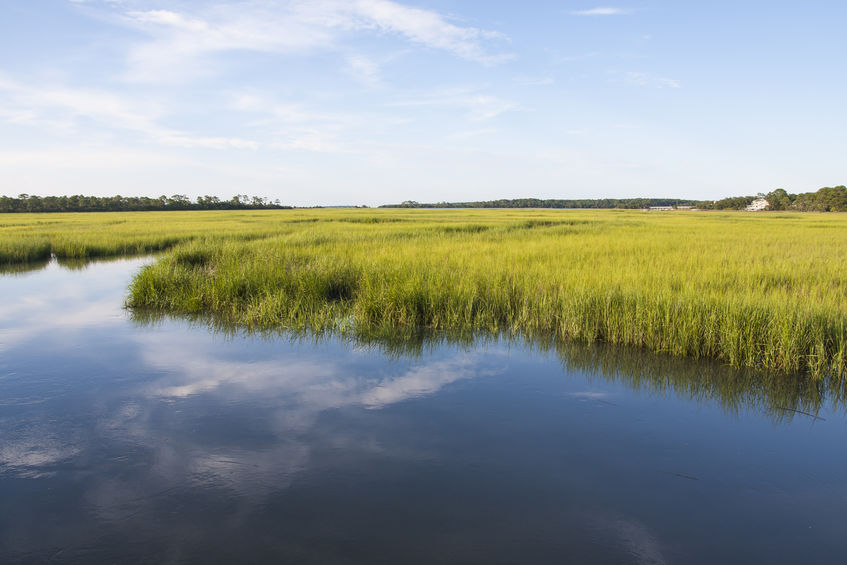Around 100 years ago, beds of eelgrass (Zostera marina) were common along Virginia’s coastline providing habitat for bay scallops and food for birds. In fact, it was so plentiful that local residents would pack and bale it to insulate their homes.
In the 1930s, however, repeated hurricanes pounded the eelgrass, and then disease struck that all but wiped it out. As a consequence, the once-vibrant seafloor became nothing but barren mud — decimating clams and crabs and wiping out bay scallops altogether.
Fortunately, some marine scientists who study sea grasses got involved and began a project to turn things around. In a recently published study, they describe their 20-year project to reintroduce eelgrass into Virginia coastal bays.
As reported in The Conversation:
“Starting in 1999, we collected seeds by hand from underwater meadows in nearby Chesapeake Bay – plucking the long reproductive shoots, bringing them back to our laboratory and holding them in large outdoor seawater tanks until they released their seeds naturally…In 2001 we sowed our first round by simply tossing seeds from a boat. Our first test plots covered 28 acres of mud flats in waters 2 to 3 feet deep. Returning the following year, we saw new seedlings sprouting up.
These initial plots took off and rapidly expanded. By 2020 they covered 9,600 acres across four bays. Several factors helped them flourish. These bays are naturally flushed with cool, clean water from the Atlantic Ocean. And they lie off the tip of Virginia’s eastern shore, where there is little coastal development.
To our surprise, fish and invertebrates returned within only a few years as the meadows expanded. These organisms have established extensive food webs that include species ranging from tiny seahorses to 6-foot-long sandbar sharks…Other benefits were equally dramatic. Water in the bays become clearer as the seagrass canopy trapped floating particles and deposited them onto the bottom, burying significant stocks of carbon and nitrogen in sediments bound by the grasses’ roots.”
Today, the restored zone now covers about 30% of the bottom of the project area. The researchers believe, however, that with more work the eelgrass will continue to thrive and expand for decades to come.
To read The Conversation article in its entirety, click here.
